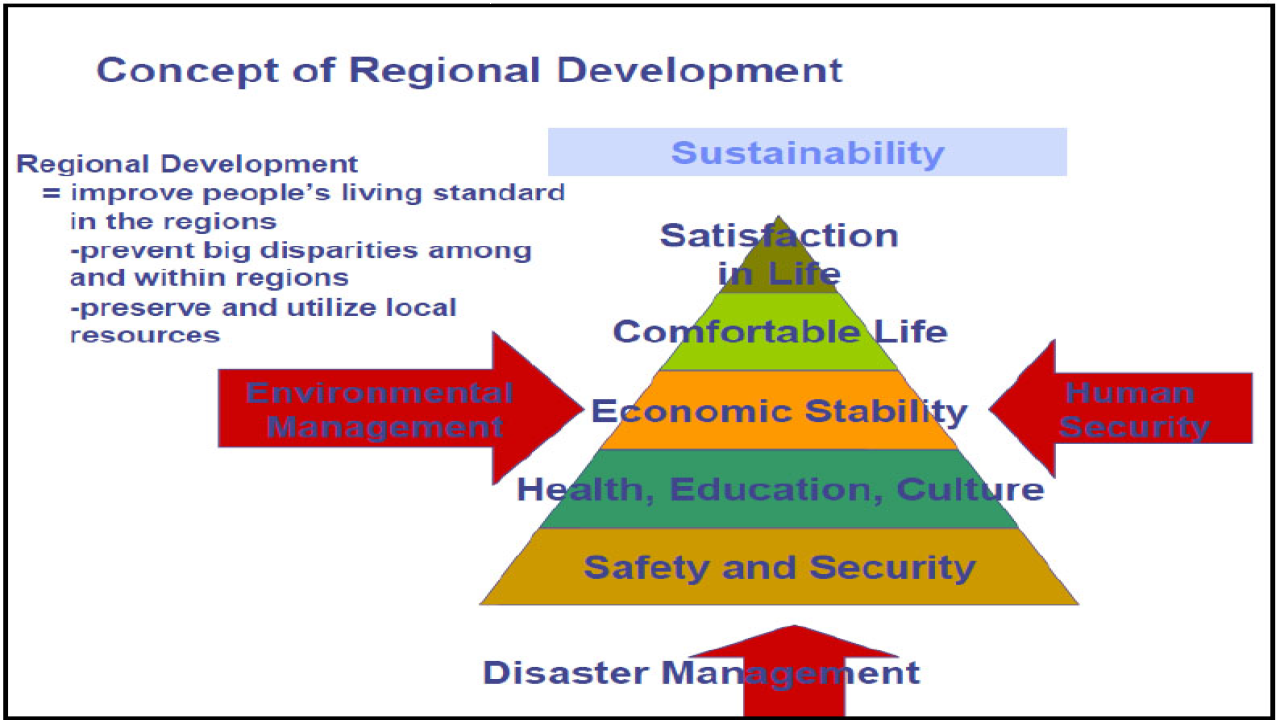Regional Development Strategies
Regional development strategies refer to plans and policies aimed at promoting economic growth and development in specific regions. These strategies can involve a range of approaches, such as investment in infrastructure, promotion of industries, and support for small businesses. The aim of these strategies is to promote balanced regional development and reduce regional disparities.
History of Regional Development Strategies
Regional development strategies have been a focus of government policies and planning for many years. The concept of regional development dates back to the 1930s, when the U.S. government launched the Tennessee Valley Authority (TVA) to promote economic development in the southern United States. Since then, regional development strategies have been implemented in many countries around the world, often as a response to regional disparities and economic challenges.
Types of Regional Development Strategies
There are several types of regional development strategies, including:
- Infrastructure Development: Infrastructure development involves investment in transportation, communication, and other public facilities to support economic growth and development.
- Cluster Development: Cluster development involves promoting the development of specific industries or clusters of industries in a particular region, such as high-tech industries or tourism.
- Small Business Development: Small business development involves supporting the development of small businesses in a particular region through training, financing, and other forms of support.
- Innovation and Technology Development: Innovation and technology development involves promoting the development of innovative and technology-driven industries in a particular region.
Examples of Regional Development Strategies
Here are some examples of regional development strategies:
- The Appalachian Regional Commission (ARC): The ARC was established in 1965 to promote economic development in the Appalachian region of the United States. The commission focuses on improving infrastructure, promoting entrepreneurship and innovation, and supporting workforce development.
- The European Regional Development Fund (ERDF): The ERDF is a funding mechanism established by the European Union to support regional development in Europe. The fund provides financial support for a range of regional development initiatives, including infrastructure development, business support, and research and innovation.
- The Northern Powerhouse: The Northern Powerhouse is a regional development strategy launched by the UK government in 2014 to promote economic growth and development in the north of England. The strategy focuses on improving infrastructure, supporting innovation and technology development, and promoting business growth.
Issues with Regional Development Strategies
Despite their potential benefits, regional development strategies can also face several issues, including:
- Political Interference: Regional development strategies can be influenced by political factors, such as the interests of different groups or the availability of funding, leading to unequal distribution of resources and development.
- Unequal Development: Regional development strategies can lead to unequal development and concentration of economic activity in certain areas, leading to regional disparities and inequality.
- Environmental Issues: Regional development strategies can lead to environmental issues, such as pollution and resource depletion, particularly in areas with high concentrations of economic activity.
- Infrastructure Challenges: Regional development strategies can put pressure on infrastructure, such as transportation networks and utilities, leading to congestion and service disruptions.


